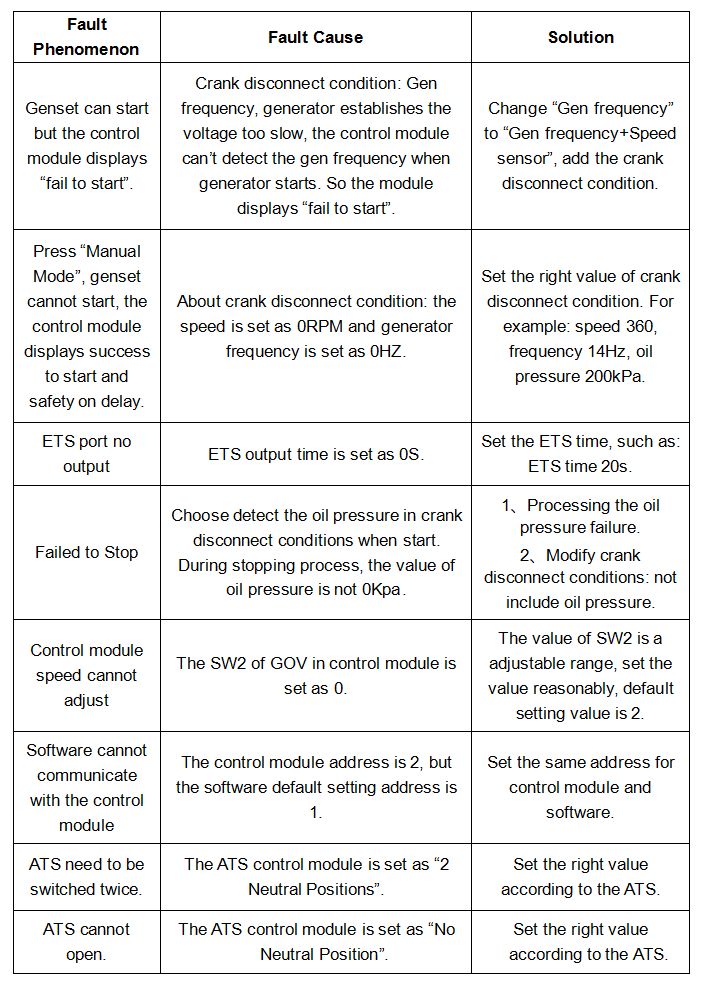Understanding APR vs Interest Rate for Personal Loans: What Borrowers Need to Know
#### APR vs Interest Rate Personal LoanWhen it comes to borrowing money through personal loans, understanding the terms associated with the loan is crucial……
#### APR vs Interest Rate Personal Loan
When it comes to borrowing money through personal loans, understanding the terms associated with the loan is crucial for making informed financial decisions. Two of the most important terms that often come up are APR (Annual Percentage Rate) and interest rate. While they may seem similar, they represent different aspects of the cost of borrowing money. In this article, we will delve into the differences between APR and interest rate in the context of personal loans, helping you to better understand how each one affects your loan repayment.
#### What is Interest Rate?
The interest rate is the percentage of the loan amount that lenders charge borrowers for the privilege of borrowing money. It is typically expressed as an annual rate but can be broken down into monthly or daily rates for the purpose of calculating payments. For example, if you take out a personal loan of $10,000 with an interest rate of 5%, you would pay $500 in interest over the course of a year, assuming you only pay interest and not the principal.
#### What is APR?
APR, or Annual Percentage Rate, is a broader measure of the cost of borrowing. It includes not only the interest rate but also any additional fees or costs associated with the loan. This can include origination fees, closing costs, and other charges that may be applicable. The APR provides a more comprehensive view of what the loan will actually cost you over its term, expressed as a percentage.
For example, if you take out a personal loan of $10,000 with an interest rate of 5% and an origination fee of $200, the APR may be higher than 5% because it factors in that fee. This means that even though the nominal interest rate is 5%, the actual cost of borrowing when you include fees could be 6% or more, depending on the terms of the loan.

#### Why is Understanding APR vs Interest Rate Important?
Understanding the difference between APR and interest rate is essential for borrowers for several reasons:
1. **Informed Decision-Making**: Knowing the APR allows you to compare different loan offers more accurately. A loan with a lower interest rate but higher fees may end up costing you more than a loan with a higher interest rate but lower fees.
2. **Budgeting**: Understanding the total cost of borrowing (APR) helps you budget for your monthly payments and plan for the total amount you will repay over the life of the loan.
3. **Avoiding Pitfalls**: Many borrowers focus solely on the interest rate and may overlook fees that can significantly increase the cost of the loan. By considering both APR and interest rate, you can avoid unpleasant surprises.

#### How to Compare Personal Loans
When comparing personal loans, it's essential to look at both the interest rate and the APR. Here are some steps to help you make an informed choice:
1. **Gather Loan Offers**: Collect offers from multiple lenders, noting both the interest rates and the APRs.
2. **Calculate Total Costs**: Use the APR to calculate the total cost of each loan over its term. This will give you a clearer picture of which loan is more affordable.
3. **Consider Your Financial Situation**: Assess your ability to repay the loan based on the monthly payments calculated from the APR. Ensure that the loan fits within your budget.

4. **Read the Fine Print**: Always read the terms and conditions to understand any additional fees or charges that may not be immediately apparent.
#### Conclusion
In conclusion, understanding APR vs interest rate personal loan is vital for making informed borrowing decisions. By grasping the nuances of these terms, you can ensure that you choose a loan that best meets your financial needs and helps you avoid unnecessary costs. Always remember to do thorough research and consider all factors before signing on the dotted line.